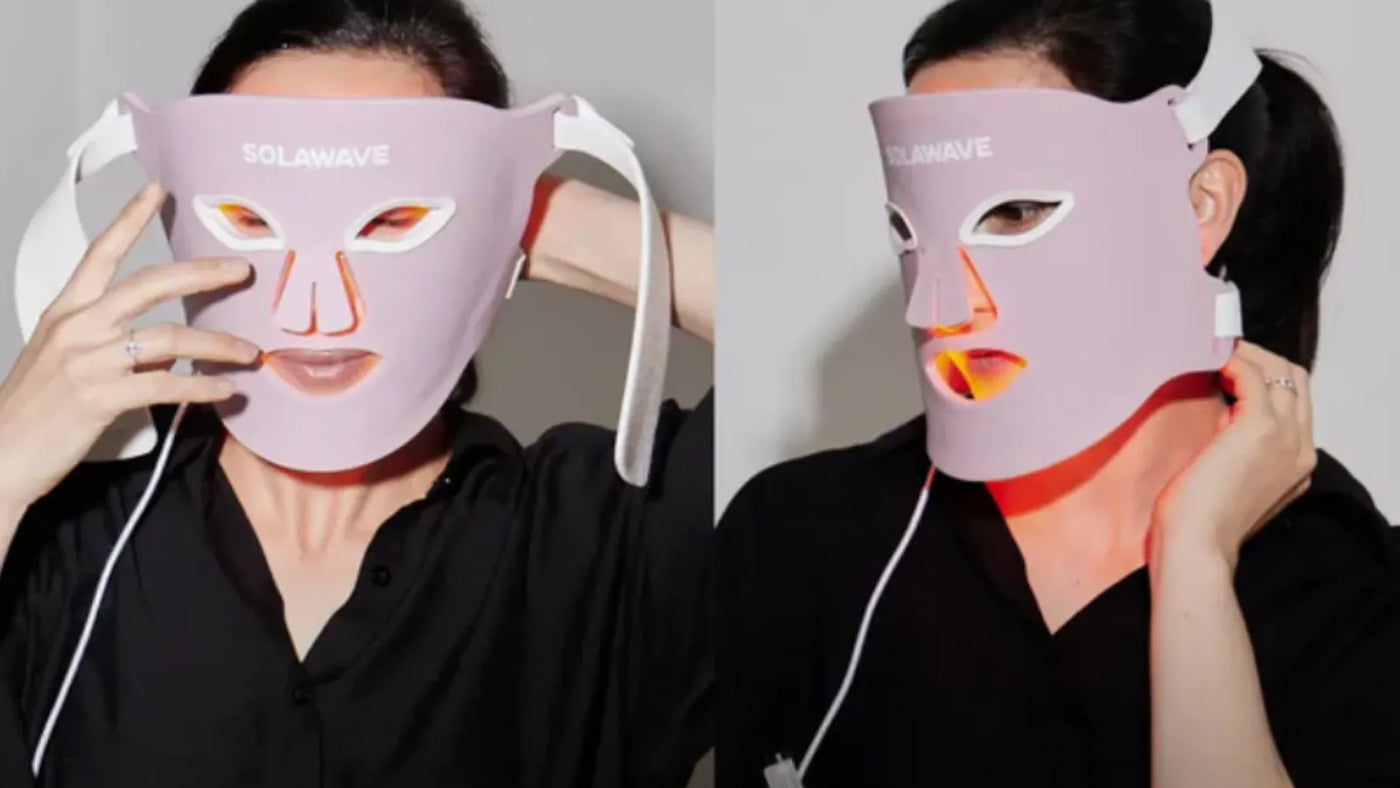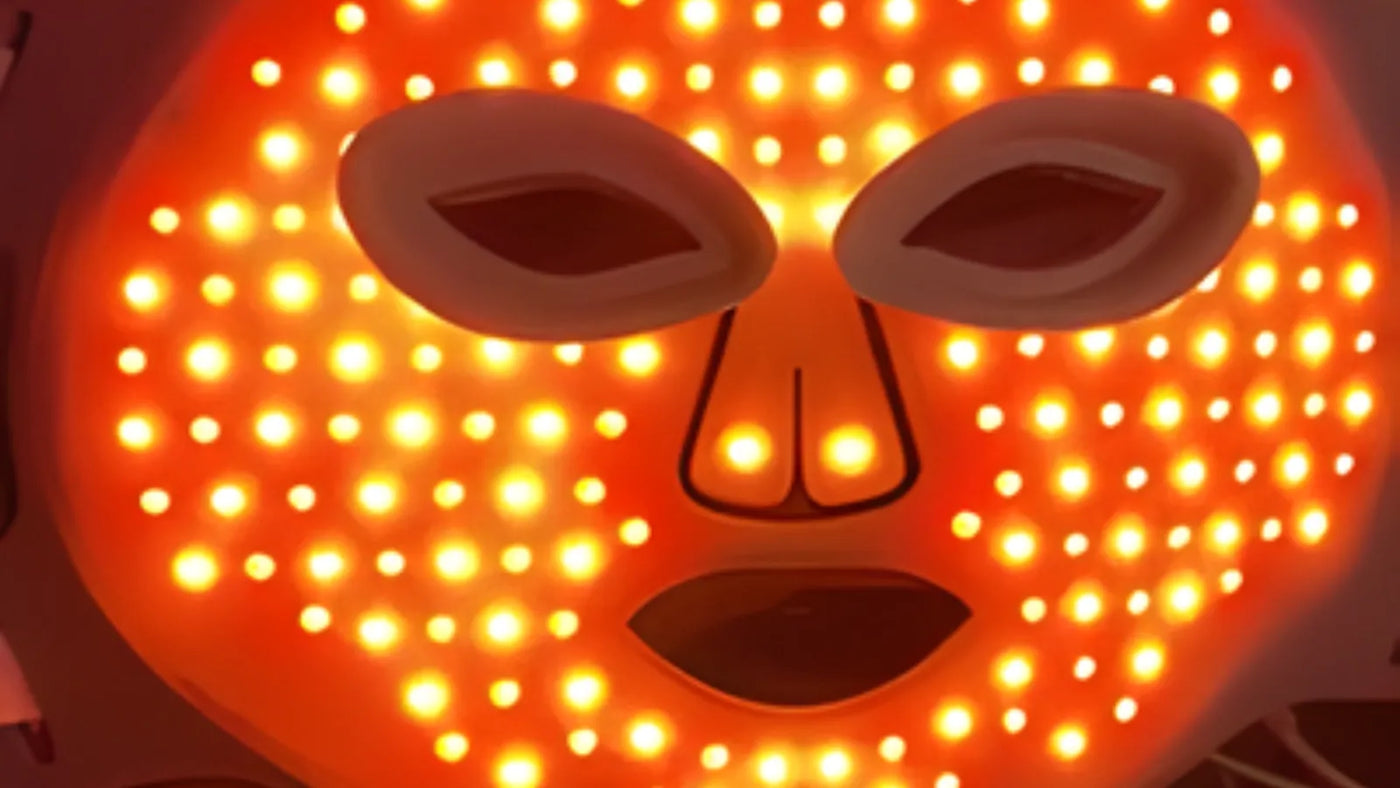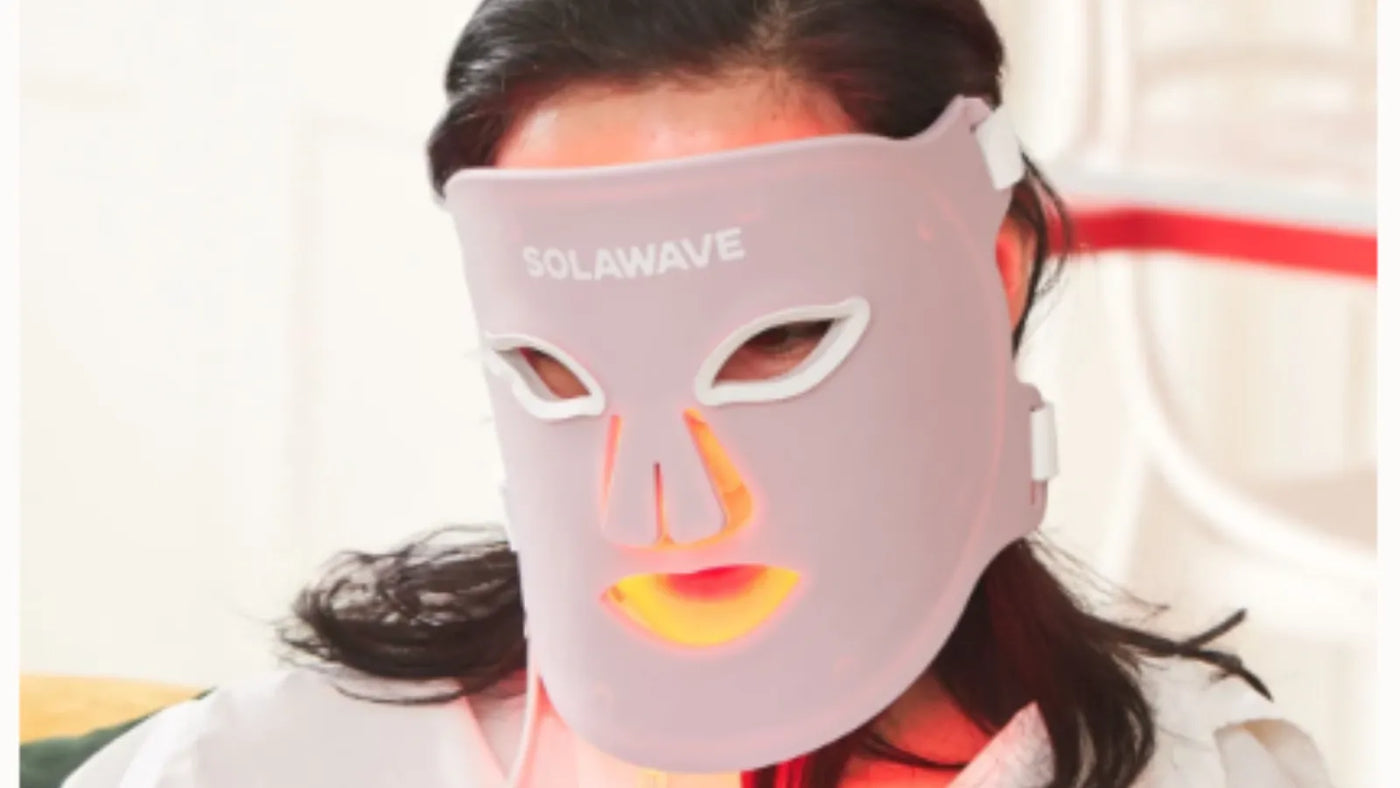

Red Light Therapy for Sun Damage: Can It Help?
Sun damage is a common concern that affects people of all ages and skin types. It occurs when your skin is exposed to ultraviolet (UV) rays from the sun, leading to changes that can range from mild redness and irritation to more serious issues like premature aging and an increased risk of skin cancer. Over time, repeated sun exposure can break down the essential building blocks of your skin, causing wrinkles, dark spots, and a loss of firmness.
There are proven strategies and treatments that can help protect your skin, minimize further harm, and improve visible signs of damage. While you may have heard about Red Light Therapy (RLT) as a possible solution for various skin concerns, it’s essential to know that RLT is not a cure or treatment for sun damage or any medical condition.
This article will discuss what sun damage is, the most effective ways to address it, and what current research says about Light Therapy and Red Light Therapy in relation to sun-damaged skin.
What Is Sun Damage?
Sun damage refers to the harm caused to your skin by prolonged or intense exposure to ultraviolet (UV) radiation from the sun. This exposure can lead to a range of visible and invisible changes in your skin, collectively known as photoaging. Unlike natural aging, which is determined by genetics and time, photoaging is directly linked to your sun exposure habits.
Types of Sun Damage
-
Photoaging: This is the premature aging of your skin due to repeated sun exposure. It often appears as wrinkles, fine lines, leathery texture, and loss of skin elasticity.
-
Sunburn: A common and immediate effect of too much sun, sunburn causes redness, pain, and sometimes blistering. Repeated sunburns can increase your risk of long-term skin damage.
-
Hyperpigmentation: Sun exposure can trigger the overproduction of melanin, leading to dark spots, freckles, and uneven skin tone.
-
Actinic Keratosis: These are rough, scaly patches that develop from years of sun exposure and can sometimes progress to skin cancer.
Common Signs and Symptoms of Sun-Damaged Skin
You might notice several changes in your skin if you’ve experienced significant sun exposure over the years, including:
-
Wrinkles and fine lines, especially around the eyes and mouth
-
Dry, rough, or leathery skin texture
-
Uneven skin tone or dark spots (hyperpigmentation)
-
Redness or blotchiness
-
Loss of skin firmness and elasticity
-
Visible blood vessels (spider veins)
-
Frequent peeling or flaking
How UV Rays Affect Your Skin on a Cellular Level
UV radiation penetrates your skin and damages the DNA in your skin cells. There are two main types of UV rays:
UVA rays penetrate deeply and are primarily responsible for photoaging and long-term skin changes.
UVB rays are more superficial but cause sunburn and play a key role in the development of skin cancers.
When your skin cells’ DNA is damaged, your body tries to repair it, but repeated exposure can overwhelm these repair mechanisms. Over time, this leads to mutations, breakdown of collagen and elastin (the proteins that keep your skin firm and smooth), and changes in pigmentation.
Long-Term Risks Associated with Sun Damage
The effects of sun damage accumulate over your lifetime. Some of the most serious long-term risks include:
-
Premature Aging: Chronic sun exposure accelerates the appearance of wrinkles, sagging, and age spots.
-
Skin Cancer: UV radiation is the leading cause of skin cancers, including basal cell carcinoma, squamous cell carcinoma, and the more dangerous melanoma.
-
Weakened Immune Response: Sun-damaged skin may be less able to fight off infections and heal wounds.
-
Persistent Redness and Sensitivity: Chronic sun exposure can make your skin more sensitive and prone to redness or irritation.
Proven Ways to Address and Treat Sun Damage
While you can’t completely reverse sun damage, there are several proven strategies to help protect your skin, minimize further harm, and improve its appearance.
Importance of Prevention
The best way to address sun damage is to prevent it in the first place. You can do this by:
-
Using Sunscreen: Apply a broad-spectrum sunscreen with an SPF of 30 or higher every day, even on cloudy days. Reapply every two hours and after swimming or sweating.
-
Wearing Protective Clothing: Long-sleeved shirts, wide-brimmed hats, and sunglasses help shield your skin from UV rays.
-
Seeking Shade: Avoid direct sun exposure, especially between 10 a.m. and 4 p.m., when UV rays are strongest.
Topical Treatments
Several over-the-counter and prescription products can help improve the appearance of sun-damaged skin:
-
Retinoids: These vitamin A derivatives (like tretinoin or retinol) boost cell turnover, reduce fine lines, and fade dark spots.
-
Antioxidants: Topical antioxidants such as Vitamin C and Vitamin E help neutralize free radicals caused by UV exposure, supporting your skin’s natural repair processes.
-
Moisturizers: Hydrating your skin can improve its texture and reduce the appearance of dryness and flakiness associated with sun damage.
Professional Procedures
For more significant sun damage, dermatologists offer a range of in-office treatments:
-
Chemical Peels: These use acids to remove the outer layer of damaged skin, revealing fresher, smoother skin underneath.
-
Microdermabrasion: This procedure gently exfoliates the skin to improve texture and tone.
-
Laser Therapy: Different types of lasers can target pigmentation, stimulate collagen production, and reduce the appearance of wrinkles and sunspots.
Lifestyle Changes
Supporting your skin’s health from the inside out can also make a difference:
-
Hydration: Drinking plenty of water helps maintain your skin’s moisture and elasticity.
-
Nutrition: Eating a diet rich in antioxidants (fruits, vegetables, nuts) supports your skin’s ability to repair itself.
-
Avoiding Peak Sun Hours: Limiting your time outdoors when the sun is strongest reduces your risk of further damage.
When to Consult a Dermatologist
If you notice persistent changes in your skin—such as new or changing moles, rough patches, or sores that don’t heal—it’s important to see a dermatologist. Early detection of skin cancer and other sun-related conditions can make a significant difference in outcomes. A dermatologist can also recommend personalized treatments to help restore your skin’s health and appearance.
Light Therapy and Sun Damage: What Does the Research Say?
Light Therapy is a non-invasive approach that uses specific wavelengths of light to target various skin concerns. Among these, Red Light Therapy and Near-Infrared Light Therapy are often discussed for their potential to support overall skin appearance. These therapies use different wavelengths to penetrate the skin at varying depths, with the goal of improving cosmetic concerns.
When it comes to sun damage, Red Light Therapy has been looked at for its ability to help address some of the visible after-effects of sun damage, such as increased wrinkles and fine lines. Research suggests that Red Light Therapy can help support healthy collagen production and visibly improve skin texture, which can help reduce the appearance of aging that often follows sun exposure. However, it’s important to understand that while Red Light Therapy may help with these cosmetic changes, it does not address sun damage directly or repair the underlying harm caused by UV rays.
If you are concerned about sun damage, consult a dermatologist. Only a qualified professional can accurately evaluate your skin, recommend appropriate treatments, and monitor for more serious issues like skin cancer. While Light Therapy may offer some benefits for the appearance of your skin, it should never replace evidence-based medical care or professional advice for sun damage.
Conclusion
Protecting your skin from sun damage is essential for maintaining its health and appearance over time. Proven prevention methods—like daily sunscreen use, protective clothing, and smart sun habits—remain your best defense. If you notice changes in your skin or have concerns about sun damage, consulting a healthcare professional or dermatologist is the most reliable way to get personalized advice and effective treatment options.
While Light Therapy and Red Light Therapy continue to be researched for their potential cosmetic benefits, it’s important to remember that they are not cures or treatments for sun damage.
Sources:






















